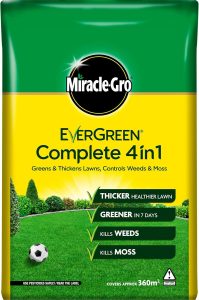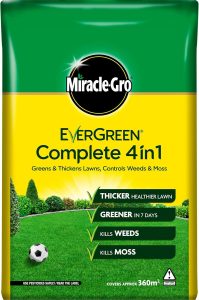As every gardener knows, tending to a garden can sometimes feel like a battle against nature itself. From pesky pests to unpredictable weather, common problems can threaten to derail even the most carefully tended gardens. But fear not, fellow garden enthusiasts, for we have compiled a comprehensive troubleshooting guide to help you conquer these challenges and ensure your green thumb remains victorious. Join us as we explore effective solutions for common garden problems, empowering you to cultivate a thriving and beautiful garden oasis.
Identifying and Treating Plant Diseases in Your Garden
When it comes to , it’s important to be vigilant and proactive. One common issue that many gardeners face is powdery mildew, which presents itself as a white, powdery substance on the leaves of plants. To treat this problem, you can try a DIY spray made from a mixture of water, baking soda, and dish soap. Simply spray the affected plants every few days until the mildew disappears.
Another common garden disease is black spot, which affects roses and other plants with dark, circular spots on their leaves. To combat black spot, try removing infected leaves, increasing air circulation around the plants, and using a fungicide spray. Additionally, you can plant disease-resistant varieties of roses to prevent future outbreaks. Remember, early detection and intervention are key to keeping your garden healthy and thriving!
Maximizing Sunlight and Soil Quality for Healthy Plant Growth
When it comes to maximizing sunlight for healthy plant growth, consider the following tips:
- Position your plants strategically in areas where they will receive the most sunlight throughout the day.
- Regularly prune any nearby trees or shrubs that may be casting shade on your garden.
- Consider installing reflective surfaces, such as mulch or white stones, to help redirect sunlight towards your plants.
- Use a sun calculator to determine the best placement for each type of plant in your garden.
For improving soil quality, try implementing these solutions:
- Regularly test your soil to determine its pH levels and nutrient content.
- Amend your soil with compost, manure, or other organic matter to enrich its fertility.
- Consider using raised beds or containers with high-quality potting soil for better drainage and aeration.
- Use a moisture meter: Invest in a moisture meter to accurately gauge the moisture levels in your soil. This tool can help you avoid overwatering by ensuring that you only water when necessary.
- Adjust watering schedule based on weather: Be mindful of the weather conditions in your area and adjust your watering schedule accordingly. Plants may require more water during hot and dry periods, while less water is needed during cooler months.
| Vegetable | Ideal Soil pH | Preferred Nutrients |
|---|---|---|
| Tomatoes | 6.0-6.8 | Nitrogen, Phosphorus, Potassium |
| Carrots | 5.5-7.0 | Phosphorus, Potassium, Calcium |
| Lettuce | 6.0-7.0 | Nitrogen, Phosphorus, Potassium |
Optimal Watering Techniques to Prevent Overwatering or Underwatering
When it comes to maintaining a healthy garden, proper watering techniques are crucial to prevent common issues such as overwatering or underwatering. Finding the right balance can be challenging, but with the right approach, you can ensure your plants thrive and flourish. Here are some effective solutions to help you troubleshoot watering problems in your garden:
| Issue | Solution |
|---|---|
| Overwatering | Reduce watering frequency and allow soil to dry out between watering sessions. |
| Underwatering | Increase watering frequency and ensure that plants receive an adequate amount of water. |
Creating a Natural Pest Control Plan to Protect Your Garden Growth
One effective way to combat pests in your garden is by implementing a natural pest control plan. This can help protect the growth of your plants without the use of harmful chemicals. One method is to introduce beneficial insects, such as ladybugs or praying mantises, that feed on common garden pests like aphids or caterpillars. It’s a natural way to keep your garden healthy and thriving.
Another solution is to plant companion plants that repel pests. For example, marigolds can deter nematodes, while garlic can repel aphids. Intercropping can also help confuse pests and prevent them from targeting your plants. By incorporating these natural pest control methods into your garden care routine, you can protect your garden growth while promoting a healthy ecosystem.
Insights and Conclusions
As we’ve explored in this troubleshooting guide, maintaining a garden can sometimes feel like a series of challenges to overcome. However, armed with the right knowledge and solutions, you can conquer even the most common garden problems with ease. By identifying the root causes and implementing the appropriate remedies, you can transform your garden into a thriving oasis of lush greenery and vibrant blooms. So don’t let setbacks discourage you – with perseverance and a touch of creativity, your garden will flourish and thrive for seasons to come. Happy gardening!




